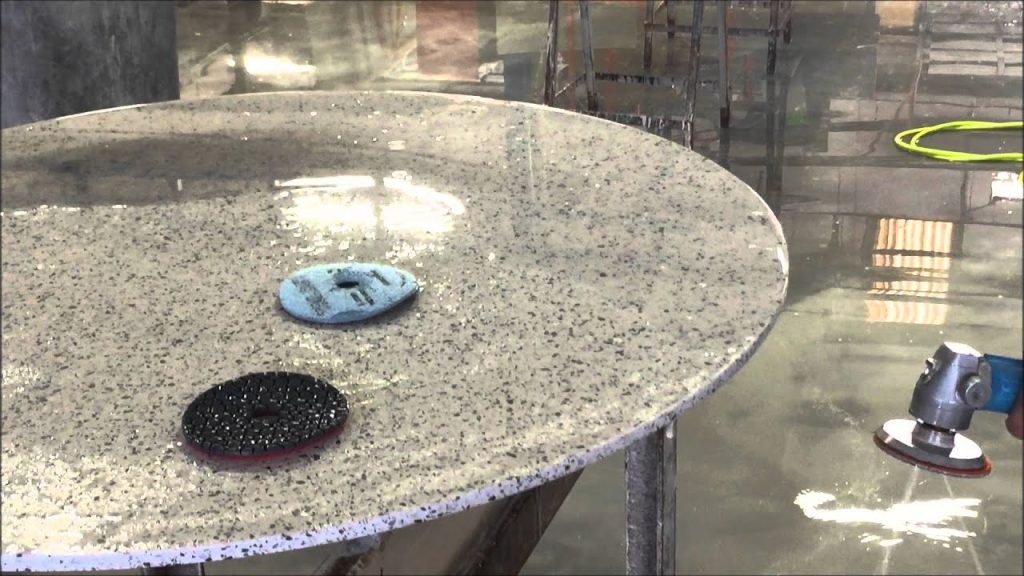Achieving a perfect granite finish requires more than just choosing the right stone; it also involves using the proper techniques and tools for buffing. Granite, a durable and beautiful material, can develop an unmatched luster with the right care. Buffing is essential in this process, not only enhancing the surface’s shine but also preserving its longevity and natural color. One of the first things to understand when buffing granite is the importance of selecting the right pad for the task. Buffing pads come in various materials and grit levels, with each suited for different stages of the polishing process. Coarse pads are typically used for initial stages to remove imperfections or scratches, while finer pads are reserved for achieving that high-gloss finish. For best results, start with a pad that is suited to your granite’s current state, gradually progressing to finer pads as you approach the desired finish. Before starting, it is crucial to clean the granite surface thoroughly.

Any dirt, dust, or grease can interfere with the buffing process, leaving behind streaks or causing uneven finishes. Use a mild cleaner and a soft cloth to remove any debris. Afterward, ensure the surface is dry before proceeding. Moisture can cause the buffing pad to slip or, worse, damage the granite. When beginning the buffing process, always apply even, consistent pressure. Pressing too hard on the buffing pad can result in uneven polishing, leaving certain spots shinier than others. Conversely, too little pressure may fail to produce the desired result. Work in small sections, applying light but consistent pressure in circular motions. This motion ensures that the entire surface is polished evenly, preventing any streaks or lines from forming. Another important factor in buffing granite is the speed of the buffer. Typically, a slower speed is preferred for granite surfaces to avoid overheating the stone, which can potentially cause damage or discoloration.
Ensure your buffer is set to a low speed and keep it moving across the surface to avoid concentrated heat buildup in any one area. As you buff, it is also essential to use a high-quality polishing compound. These compounds are specifically designed to smooth and enhance the surface of the granite without damaging it. Apply the compound sparingly too much can create a mess, while too little may not provide the desired results and find here in kyuhyungcho.com. Always follow the manufacturer’s instructions for both the compound and the buffing pad. Once the buffing process is complete, step back and assess your work. A high-quality granite finish should be uniform and glossy, reflecting light with clarity and depth. If the surface appears uneven or dull, repeat the process, focusing on the areas that need more attention. Some spots might require a little extra work, especially if they have been exposed to stains or scratches over time. Regular maintenance is key to preserving a granite surface’s polished look. After achieving the desired finish, be sure to clean the surface with non-abrasive cleaners and wipe it down with a soft cloth.


